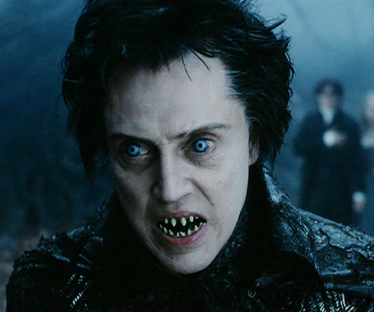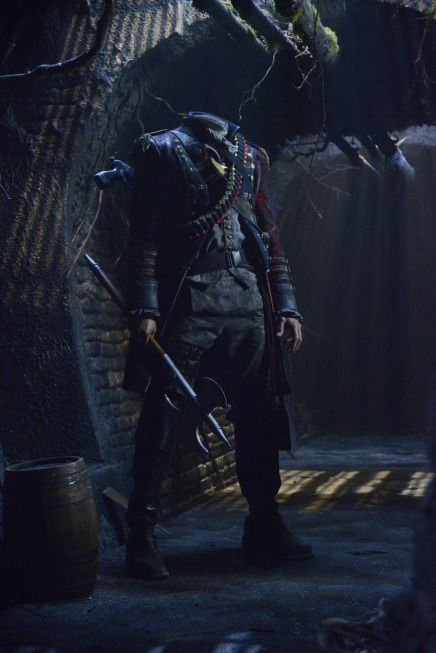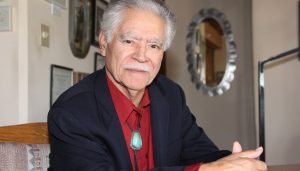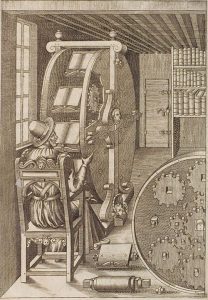With a hip-hip and a clippity-clop, he’s out lookin’ for a top to chop, so don’t stop to figure out a plan, you can’t reason with a headless man. – “The Headless Horseman”, Bing Crosby
It’s Halloween!!! Or at least it’s about to be. To kick your spooky weekend off right, let’s take a moment to appreciate a Halloween tale that pops up every year (for me at least).
I began today’s post with song lyrics from Bing Crosby’s “The Headless Horseman”. The first time I heard this song – and the legend of the headless horseman in general – was through Disney’s 1949 short film, The Legend of Sleepy Hollow. This animated classic is of course an adaptation of Washington Irving’s 1820 short story of the same title.
Last week, as part of my personal goal to fill the month of October with horror-related films, books, and television shows, I decided to watch Tim Burton’s Sleepy Hollow (1999). Staring Johnny Depp, Christina Ricci, and Christopher Walken (as the headless horseman), this movie is not without its flaws; but, this post is not a review on the movie. Rather, watching the film, I started thinking of the different iterations of this tale. In the versions that follow the source material fairly closely, the headless horseman’s back story depicts him as a decapitated Hessian soldier.
I started wondering what inspired the Hessian aspect of the headless horseman’s story. Luckily, with a few quick searches, the internet saved the day!
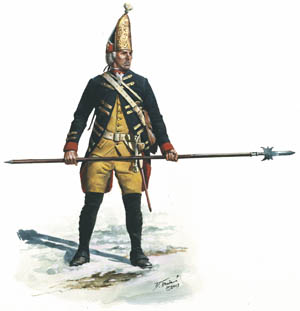
Irving was born at the end of the Revolutionary War and, being named after the founding father and the model Major General himself, it’s no surprise that the author was exposed to stories of the experiences during America’s fight for freedom. Among those stories were tales of the German troops, or Hessians, that King George III sent over to essentially put the revolutionists in their place.
“These German troops had the reputation for being the most vicious, brutal and also the most professional troops,” Melodie Andrews, associate professor of history at Minnesota State University was quoted stating (Dyslin, 2006).
The Hessians gained a reputation during the European wars and were viewed as superhuman and even demonic. According to rumors and tales, they were violent, brooding, baby eaters (yes, they were accused of eating babies) – despite most of them being enlisted farmers.
Propaganda can do wonders and soon these tales of the demonic Hessian forces spread like wildfire. The British troops, aiming to intimidate and squash further rebellion, leaned into the fears of the American colonists. One British General even intentionally designed the uniform of his Hessian troops to provide a larger, more intimidating frame – they were really trying to sell it.
Despite major wins against Hessian troops, even after the war the myth built around these farm boys turned “demonic monsters” still thrived through stories – which is what Irving was exposed to as he was growing up.
Watching Walken’s fanged portrayal in Burton’s adaptation and even the depiction in more recent media, like the 2013-17 television series, Sleepy Hollow, it’s not difficult to see the influence of the Hessian legends on this headless antagonist.
Another explanation of the Hessian presence in Irving’s story was offered by the New York Historical Society. They state that some believe the inspiration came from an account about a Hessian artillery soldier who was decapitated by a cannonball during the Battle of White Plains (New York Historical Society, 2019).
Whatever the reason for Irving selecting a Hessian as the origin story of the headless rider, the tale itself has been a long-standing Halloween story for all to enjoy. So remember…
…when you’re riding home tonight, make for the bridge with all your might, he’ll be down in the hollow there, he needs your head, look out, beware. – “The Headless Horseman”, Bing Crosby
Happy Halloween!
Trisha

